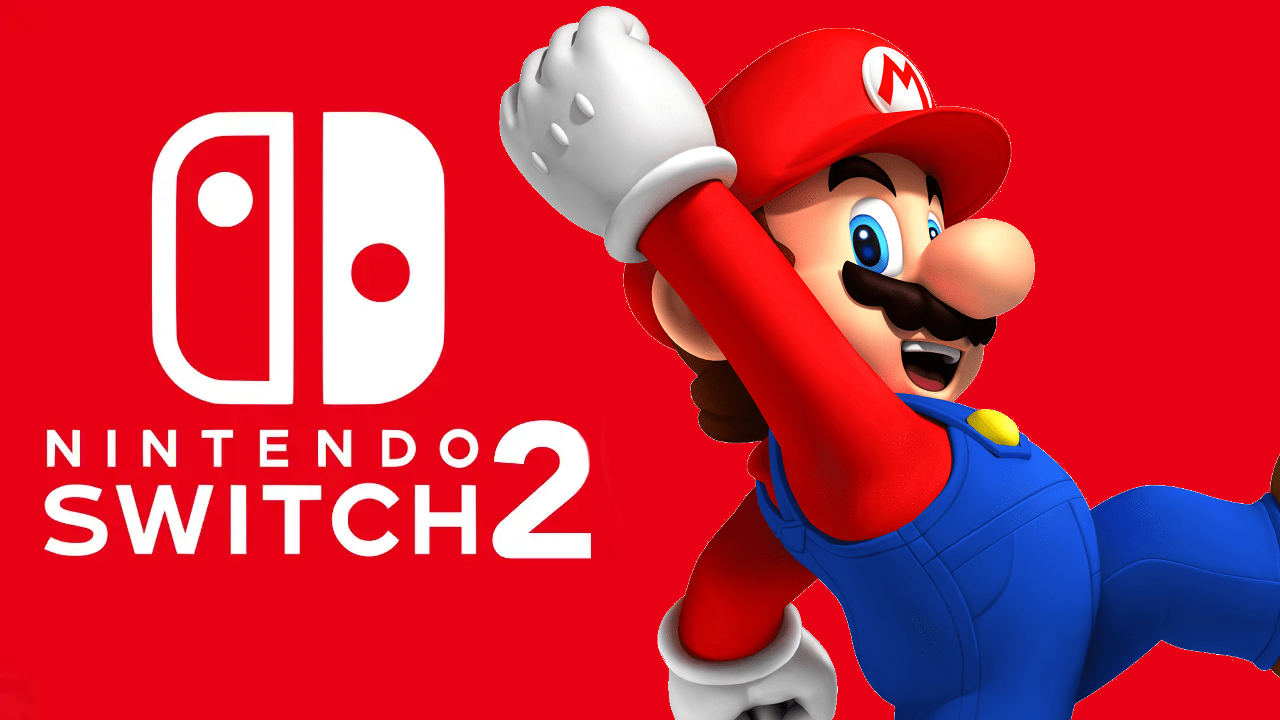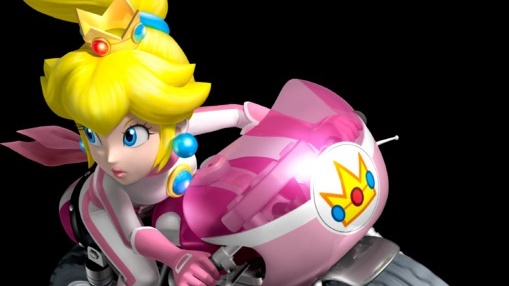More than you think with maximum pink! Kirby and the Forgotten Land perfectly encapsulates all of the reasons why I love Nintendo. It’s innovative, imaginative, whimsical, and unafraid of allowing your inner-child to come out to play. Kirby and his ever so vibrant world is as disgustingly adorable as always, and this amazingly crafted 3D platforming adventure gives our own world exactly the sort of thing it needs right now. So, sit back, relax, grab a snack (or two, or three), boot up your Nintendo Switch, and enter a land that, although considered as forgotten, you’ll frankly never forget.
From the moment I started my playthrough, all the way up till the very end, it was difficult to keep a big stupid smile off my face. Everything in Kirby and the Forgotten Land, from the environment to the well-orchestrated music and sound effects, is just so incredibly cute, heartwarming, and silly, that even the enemies are difficult to attack, purely on a psychological level, as you just want to squeeze the life out of them through hugs rather than violence. Kirby himself is filled with as much energy and endless hunger as per usual, and finally getting to freely control him around linear three-dimensional stages, in a style similar to that of Super Mario 3D World, feels just as good as we all imagined that it would.
Controls are tight and responsive, with most of Kirby’s traditional moveset returning, transitioning absolutely flawlessly into 3D. Simply just running around and listening to the gentle squish squash of Kirby’s red shoes against the ground is satisfying, and the HD Rumble from attacking enemies and collecting power-ups adds a whole ‘nother level of immersion. Jumping, guarding, and sliding feels great as well, as does inhaling, swallowing, and hovering. I was a bit concerned that hovering in particular would cause game-breaking tactics and bugs, but thankfully, it’s restricted more than enough to prevent you from just floating across the stage. The entire game can even be played in local co-op mode, as your friend takes the role of Bandana Waddle Dee, though he doesn’t have the ability to inhale, he can perform a unique and powerful spear spinning attack.
Every world, each one themed completely different from the last, is made up of multiple main stages and a final boss. The main stages are filled with platforming and puzzle-solving challenges, enemies to defeat in satisfying beat ’em up-esque gameplay, lots of star coins to collect, and captured Waddle Dees to save, as you need to find the necessary amount of them to continuously build new attractions in Waddle Dee Town, the game’s central hub area. You automatically save a few Waddle Dees just by clearing a stage, but searching for hidden ones and completing special clear conditions is crucial to growing the population of your town. It gives reason to explore every inch of the stages, and though some can be well hidden, it never feels like a total chore to find them.
As for each world’s final stage boss battle, which is also unlocked by saving enough captured Waddle Dees, your goal in these levels is to empty the opponent’s health bar before they empty yours, as you try to avoid and remember their attack pattern to then go absolutely ham on them when they’re exposed. Star projectiles will spawn around the arena that the boss is extremely vulnerable to, so make sure to inhale and shoot them as quickly as you can to deal extra damage. Health can be replenished by eating food spread around the main stages, but boss battles are kind of a one and done deal, with the only way to heal being to fail and/or restart.
Waddle Dee Town features plenty of content and locations that, even though the game could technically live without, adds so much obvious quality and care to the overall gameplay experience. The cinema, for example, goes above and beyond by not only offering the capability to rewatch cutscenes, but does so in the charming manner of a traditional movie theater. There are also a few enjoyable minigames that can be unlocked around the town to earn yourself more star coins, including Waddle Dee Café: Help Wanted, Flash Fishing, and Tilt-and-Roll Kirby, and while they aren’t super extensive or anything to write home about, they certainly provide a few minutes of unadulterated entertainment. Gotcha Machine Alley, which gives access to multiple Jap anese-style gacha machines, allows you to waste away your extra star coins to help complete your collection of cute virtual gachapon figurines that are also discoverable free-of-charge throughout the game’s multitude of stages. Many more buildings will be unlocked in Waddle Dee Town as you continuously save more Waddle Dees, and part of the fun is discovering what will appear in the town next.
The highly advertised new Mouthful Mode, where Kirby fully inhales inanimate objects to take control of them, isn’t quite as prominent as you might expect. There are only around a dozen or so transformations consistently repeated throughout the game, but they do provide a fresh extension to Kirby’s already broad moveset. Some transformations are as simple as wiggling over a filing cabinet or popping open a container – to solve puzzles and find hidden objects, but others are much more useful and interactive, such as the ground-piercing traffic cone, the soda can-spewing vending machine, or the highly memeable, and exhilarating to drive, automobile. There are a few other surprising transformations that are an absolute game-changer to use, but it would be best to discover those on your own rather than to allow this review to spoil them. I sincerely hope that Mouthful Mode is a mainstay for future Kirby iterations, much like the series’ iconic Copy Abilities, as not only does it just make so much sense for Kirby as a character, but the possibilities for interesting transformations are practically limitless. Forgotten Land lovingly scratches the surface, but I’d like to eventually see more.
Copy Ability power-ups make a triumphant return with a series-first evolution mechanic. Blueprints for these helpful evolutions are hidden throughout the stages, and once found, can be taken to Waddle Dee’s Weapon Shop, appropriately located in Waddle Dee Town, to purchase the upgrade with star coins and rare stones. It’s great fun to test out these more powerful variations of longtime fan-favorite abilities, but evolving can take away from some of the challenge. If you want to intentionally make the game more difficult for yourself just for kicks, you can simply choose to avoid the feature altogether, as Kirby games are notorious for being a bit too on the easy side. Copy Abilities themselves are obtained by either inhaling and swallowing a corresponding enemy, or picking up a grounded capsule containing said power-up.
Apart from the main stages, the world map is also filled with many unique time-trial levels known as “Treasure Road” that put your Kirby skills to the test. These are short and sweet segments, typically lasting less than a minute each, and offer you the chance to collect those previously mentioned Rare Stones that you use to upgrade your Copy Abilities back in Waddle Dee Town. Treasure Road has you using a previously learned Copy Ability or Mouthful Mode transformation to defeat hordes of enemies and solve various platforming puzzles as quickly as possible. They are a real treat to go through, aesthetically and mechanically, and are highly replayable, though there isn’t much of an incentive to go back to them and beat your previous best time besides imaginary brownie points and personal satisfaction.
Graphically speaking, Kirby and the Forgotten Land’s character models in the far distance oftentimes appear laggy, likely to keep the game itself running at a mostly consistent 30 frames-per-second. It’s a bit unusual and disappointing that the developers were unable to hit a higher overall framerate though, as the game seemingly isn’t more graphically demanding than one like Super Mario Odyssey, which is capped (no pun intended) at a smooth 60 fps on Nintendo Switch. Fortunately, those without a keen eye for technical aspects are unlikely to care, or even notice, such a first-world problem, and the beautifully detailed and vibrant art-style and textures more than distract from it regardless. To be quite frank, I myself was surprised to hear that the game *wasn’t* running at 60 fps, as the entire experience is dazzling eye candy, especially on an OLED display. It’s also worth noting that the game has a 5.7 GB file size, making it the biggest Kirby title ever released, not just in terms of scope.
Seeing the end credits roll only takes about 10 hours when playing at a leisurely pace, while 100% completing everything pushes the game to a little over 20 hours. Though this can be considered as short by modern video game standards, I’d much rather have a fantastic short experience than a long mediocre one that’s padded with unnecessary filler. Besides, I plan on going back to beat my high-scores and replay the entire thing with my significant other in co-op mode after the game launches on March 25th, so there are still plenty more hours of fun to be had.
Kirby and the Forgotten Land isn’t just a mere leap into the third dimension, but more of a behemoth pole vault. It packs a massive punch for 3D-platformer fans, and has the same level of excellence, polish, and charm as a mainline Mario title. Though I can’t give the game a perfect score due to its relatively short length and minor graphical glitches, the next generation of the Kirby series is finally here, and it’s painstakingly phenomenal. I couldn’t be more excited for what the bright-looking future holds from the creative geniuses over at Hal Laboratory. If you want to give the latest Kirby adventure a shot for yourself, a free demo is available now on the Nintendo eShop.
9.5/10
A copy of Kirby and the Forgotten Land was provided to iGamesNews by Nintendo UK for the purpose of this review.








